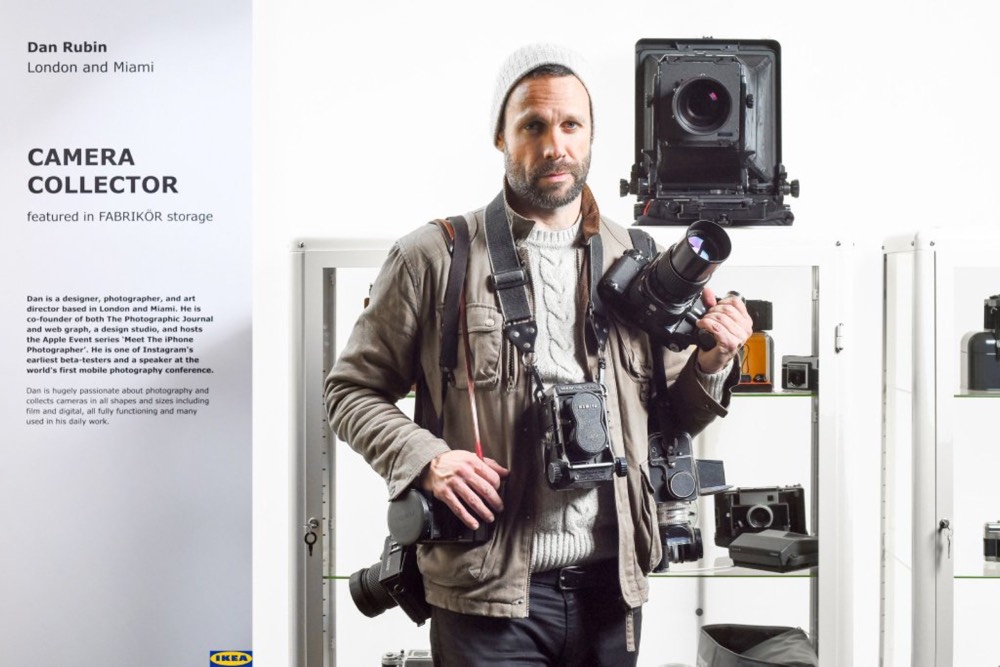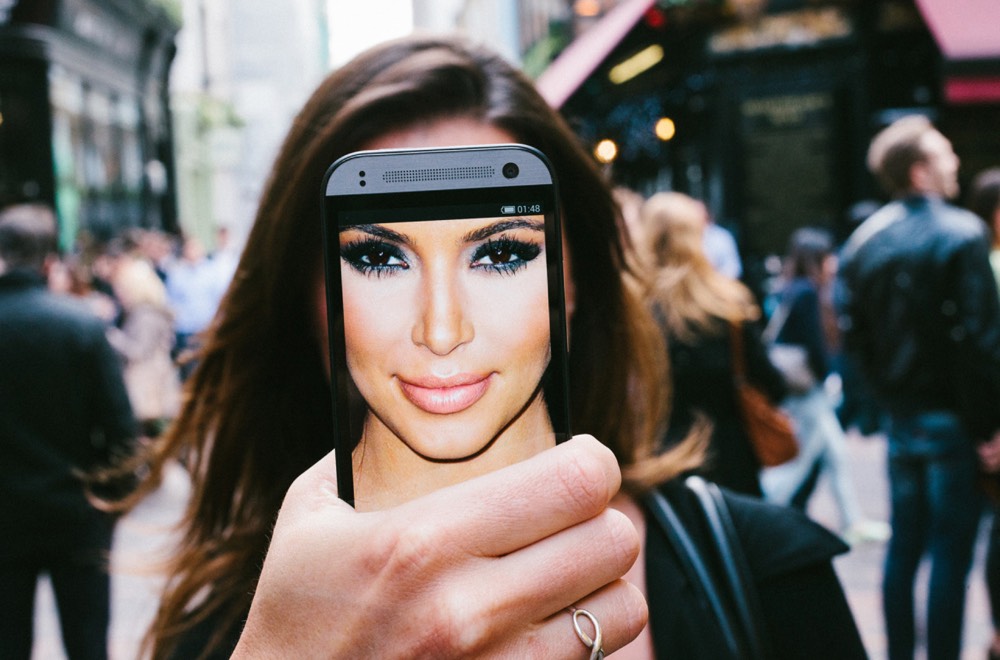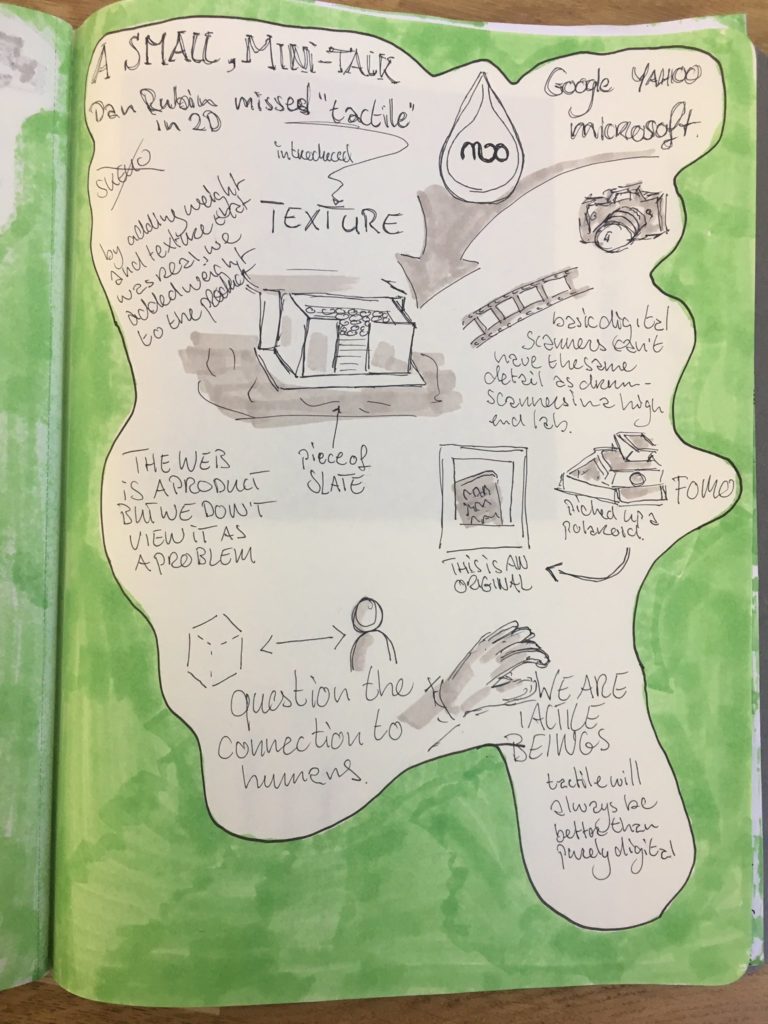Dan Rubin takes everything he’s learnt and rolls it up into some observations about the physicality of things.



Because…
Dan was the Creative Director of the on-demand print company Moo. He has a unique perspective on what it can mean to live in a digital world and work with all those best tools, but take that final step back into the analog world.
He has over 20 years of experience in design and print and was right there in the early days of digital. He’s seen it develop to present day and knows everything we went through to get here.
Our goal was the conference was to always balance what we know from our deep knowledge of the physical world and what we can do to apply that to digital.
Dan is a big proponent of digital photography. An early instagram adopter and lover of digital phone photography, he lives in the digital world. Without the Web, he couldn’t have promoted his photography and himself. Recently, the pendulum has swung back and he’s focusing more and more on analog, film photography to take the photo, but the digital world to disseminate it.
We wanted to learn when, where and why he’s using this hybrid approach. Are there something that can only be done in analog? Is there a workflow benefit? What is it about the Web that is better than analog for photos?
Hybrid Objects ➞ Web
We are tactile beings!
Right now, the Web and digital are missing the tactile. There is nothing you can touch or hold. Dan says he was feeling out of balance that all the things he was making didn’t ‘exist’.
When he started as the Creative Director of Moo, he made a physical product, but unless you held it in your hand, you never knew how good it was.
The way he was selling the printed, analog, physical product was via digital images online. If you could only see your custom designed product on a screen, how do you communicate all their rich properties; their texture, color, weight and personality?
In an attempt to explain the tactile nature of the paper in a digital way, he made visual comparisons. By adding into the photos items like slate tiles which have weight and texture that are not fake, he was able to compare them to the digital paper objects you can’t actually handle over the Web. His goal was to visually imply quality.
After leaving Moo, Dan went back to his hobby of photography. He had very different experiences when taking digital photos compared to his first Polaroid camera. He felt his ‘hit rate’ with analog film was much higher than digital.
The physical thing, the photo, has a lot more information than the basic digital tools can pick-up. For instance he showed us the same photo scanned with a basic film scanner versus a professional drum scanner. The depth and quality very apparent. While our digital tools are “good enough” they still aren’t as good as the analog ones. Starting with analog allowed Dan to capture the most information and saved him time in editing compared to the faster digital photos which lacked the same depth.
The interesting parts in the process are the hybrid objects. These aren’t purely digital or purely analog. It is the hybrid overlap between the two. This allows us to use the best tool for the best task and if we can smoothly combine the two, then magic happens.
We always assume that the Web is the digital medium. We digitise analog photos to be put online and distributed via the Web, but Dan argues it is actually the opposite.
The Web is a connection through the digital to the physical some where else. The photos he shares are not just a digitisation, but can take us other places. They fold time and space to transport the read somewhere and somewhen else that they never could have been before.
One of the great take-aways from Dan’s talk was about understanding. His experience with the physical allowed him to better understand how to market in the digital. The analog photography’s limitations, affordances and benefits made him a better camera phone photographer.
Dali’s surrealism only comes after his realism. Surrealism couldn’t have come first. You need to understand, before you can break the rules.
You can view all the video recordings and subscribe to the Material podcast on the Material Archive site.